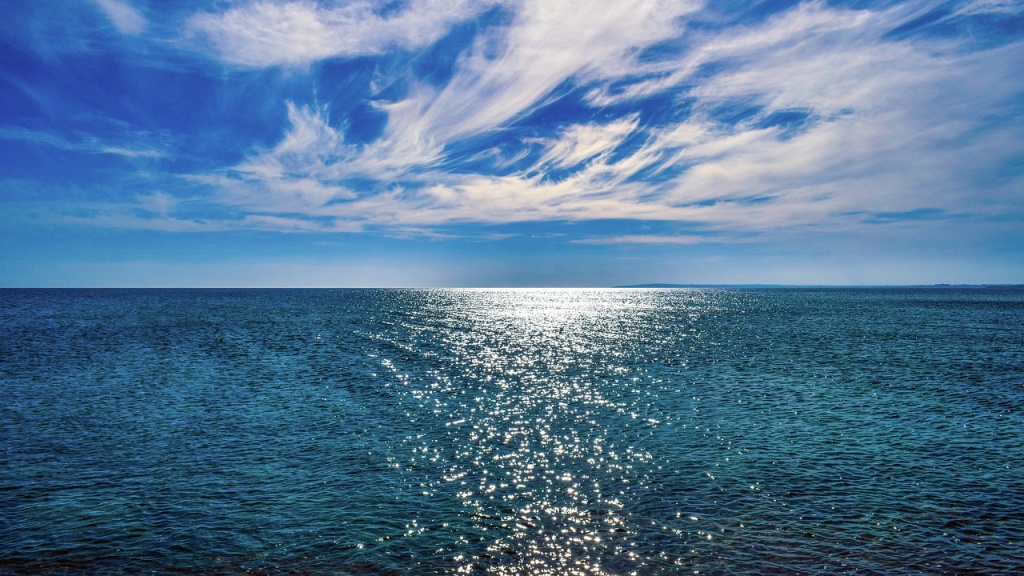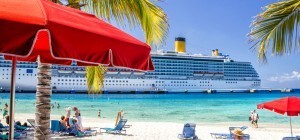Motion sickness of any kind is inconvenient at best, and can become quite debilitating. Riding on a moving vehicle creates disorientation in our natural balance, and can lead to nausea, cramps and sickness in some people. Studies reveal that around 30% of Australians suffer from motion sickness at least to a small degree, so it’s natural that potential cruisers are concerned about seasickness. If you are the type of person who easily gets car or airsick, then it’s worth taking the right measures prior to embarking so you have a great cruise vacation.
Anyone who has experienced motion sickness dreads getting it again. Unfortunately, some people are more susceptible to seasickness than others, and in certain instances even the suggestion of travel on a moving vehicle can trigger nausea and discomfort. The power of suggestion can also be used positively, with some people able to take their mind away from thoughts that trigger seasickness.
One thing us humans can’t completely control is the weather. Cruise ship itineraries are designed around the most favourable climatic conditions and forecasts, but as we all know, the weather can change unexpectedly. Rough seas do sometimes occur, and it’s at these times that passengers with a tendency toward seasickness will best benefit from their preferred preventative or cure method.
Natural Seasickness Remedies
One of the most remarkable motion sickness innovations has been the Sea-Band wristband. It’s a simple elasticated wristband that applies acupressure using a small stud. Sea-Band wristbands are suitable for both adults and children, and according to users are greatly effective in eliminating nausea and other symptoms of seasickness. There are no known negative side-effects, so why not play it safe and slip on a new wristband the moment you embark on your next cruise.
Ginger is another favourite anti-sickness staple among cruisers. One benefit of ginger is that it can be prepared in numerous ways, providing a palatable cure for many people. Fresh ginger is great, and it is also beneficial when used as powder, tea, or the ever popular dried candied-ginger.
One trick that many cruise companies employ is to offer green apples as part of the fruit selection or room service offering. After all, many passengers swear by green apples as their ideal nausea deterrent, and the healthy cure option is the best place to start.
Pharmaceutical Remedies
Every person has their individual tolerance for medication, and although preferring natural alternatives, we are all sometimes drawn toward stronger cures for fast results. Once seasickness has set in it’s doubtful that a ginger sweet or green apple will appease the patient. There are a number of drug remedies readily available both by prescription and over-the-counter, and a consultation with your physician regarding the various options is a sensible first step. A little prevention is worth a whole lot of cure.
Along with anti-sickness drugs in capsule and pill form, many passengers claim great results by using a scopolamine patch that is unnoticeable behind the ear and lasts for up to three days. Over-the-counter remedies are easily procured from your ship’s general store, with medications sometimes available for free. And remember, there is always a doctor onboard for more extreme cases of discomfort, and a quick recovery is the norm.

How to avoid sea sickness
Once onboard the ship, take the opportunity to explore and acclimatise. Head out onto the deck, use the horizon if need be to maintain your equilibrium, and gain your sea-legs while the ship is in the sheltered harbour. Moving around, especially in the fresh air, will assist your natural balance in getting used to the roll of the vessel.
If members of your cruise group have a tendency toward seasickness you should try to book an outside cabin close to the middle of the ship. This is the point where movement is least noticeable as it is the natural centre of the vessel. A suitable window providing a steady view of the horizon is also highly advised.
Modern cruise ships utilise cutting-edge stabiliser technology to counteract big seas and provide a smooth ride. In any case, if you are new to cruising and unsure how you will handle it, try a port intensive cruise with more time onshore and less out in the open seas. Seasickness is a drag, but it’s also temporary and need not last for the duration of the cruise. There is a whole bag of tricks available in the fight against motion sickness, and in most cases it’s just a matter of finding out what works best for you.




